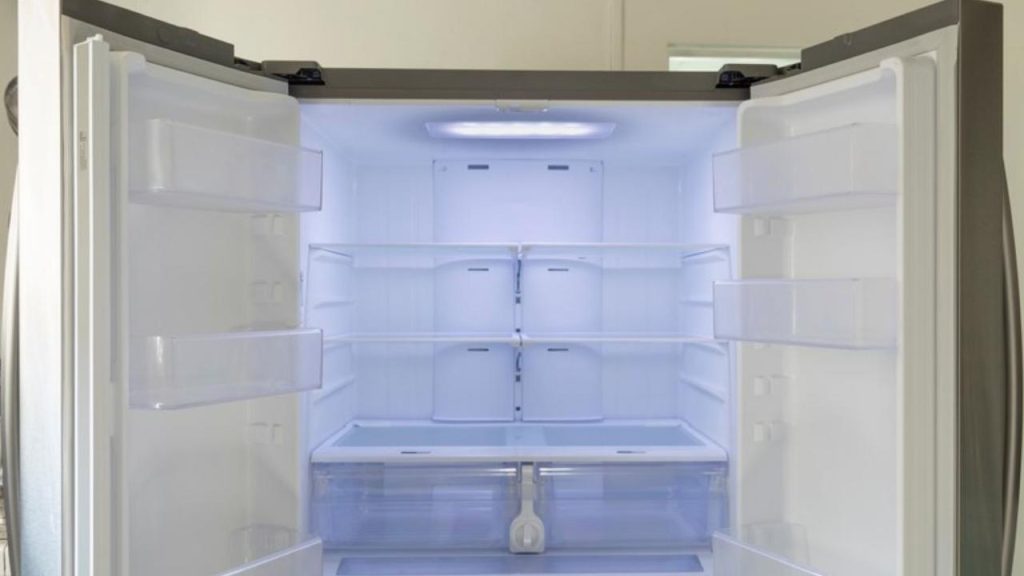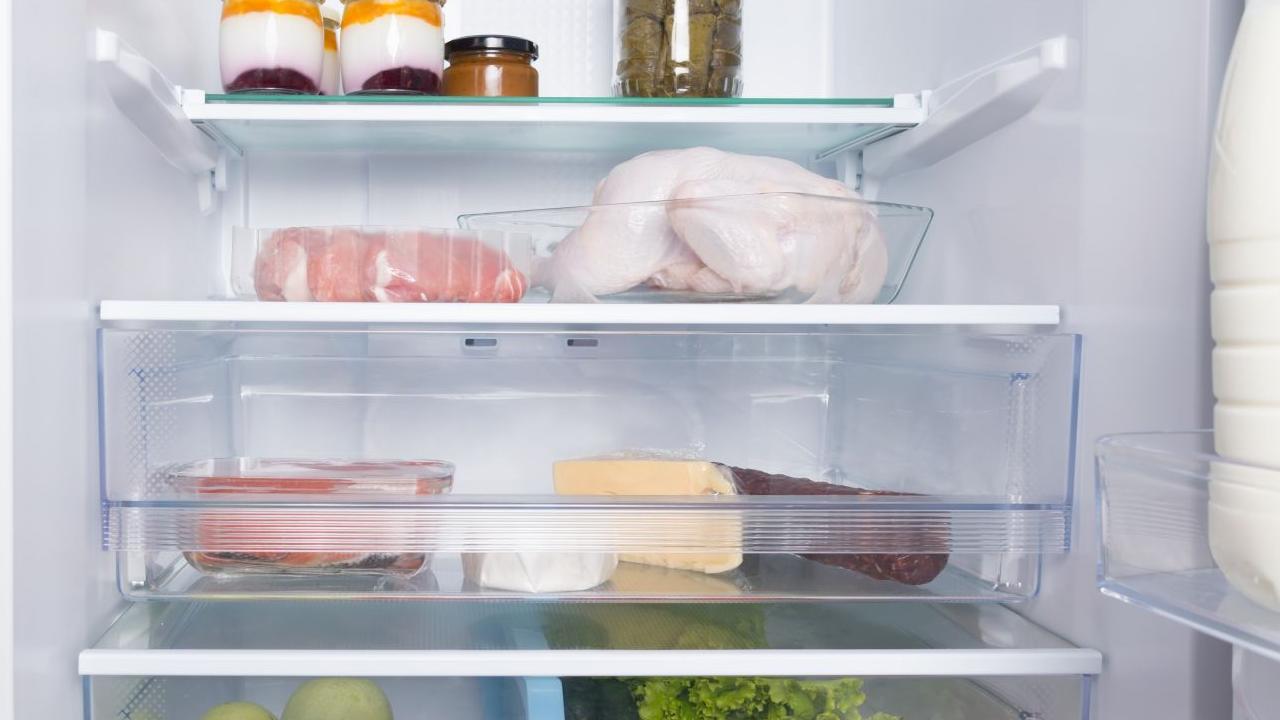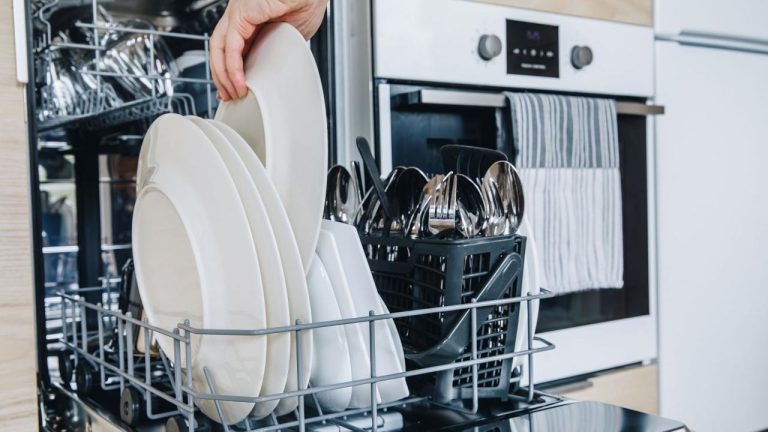Having a fridge that fails to properly cool can be a major inconvenience. Not only does it put all your perishable foods at risk, but it makes grabbing a cold drink or accessing frozen foods impossible. If you notice the interior of your refrigerator is warmer than it should be, there are several possible causes to investigate. Read on to learn the most common reasons a fridge stops cooling along with steps to diagnose and fix the issue.

1. Condenser Coils Are Dirty
One of the most common reasons for a fridge not cooling is that the condenser coils are dirty. These coils are part of the refrigeration system and are normally located at the bottom or rear of the fridge. As they accumulate dust, pet hair, and other debris over time, their ability to release heat into the kitchen is impaired.
Signs that dirty condenser coils may be causing cooling problems include:
- The refrigerator section is slightly warm but the freezer is still very cold
- Back or bottom of fridge feels warm to the touch
- Compressor is running frequently but not cooling effectively
If your fridge coils are dirty, unplug the unit and use a vacuum with a soft brush attachment to gently clean the coils. You may need to detach a service panel to access the coils. Getting rid of built up debris restores normal airflow and heat transfer.
2. Condenser Fan Motor Is Faulty
In many refrigerators, a condenser fan works in conjunction with the coils to circulate air, aide heat release, and ensure proper cooling capacity. If this condenser fan motor fails, it directly affects the fridge’s ability to maintain cool temperatures.
Symptoms that the condenser fan motor may be malfunctioning:
- The fridge is not cooling at all or only reaches slightly cool temps
- The compressor cycles on but the fridge doesn’t get colder
- The condenser fan isn’t spinning when the compressor is on
If the motor is broken, the entire condenser fan assembly usually needs replacing. This requires uninstalling the fridge to access the component. Professional repair is recommended.
3. Evaporator Fan Motor Is Defective
The evaporator fan motor plays an important role distributing cool air from the freezer to the fridge compartment. When it stops working, food in the refrigerator section won’t stay cold even if the freezer is fine.
Clues pointing to a faulty evaporator fan:
- Freezer is properly cold but fridge section is warm
- Fridge temperature fluctuates greatly
- No cool air flow coming from the freezer
Replacing the evaporator fan motor can be a complex job involving disassembling the freezer interior. A technician can determine if the fan motor needs replacing or just repair.
4. Start Relay Is Broken
A small but critical component called the start relay helps the compressor motor run properly on startup. If the start relay fails, the compressor may not turn on at all or can’t stay on to circulate refrigerant and sustain cooling.
Signs of a bad start relay:
- Compressor won’t turn on and fridge doesn’t run at all
- Compressor turns on briefly but won’t stay running
- Relay makes buzzing or clicking noise but compressor doesn’t start
If the start relay is determined to be faulty, replacing it with a new compatible relay should resolve the cooling issue. This repair is fairly affordable.
5. Compressor Is Not Running
The compressor is the crucial component responsible for pumping refrigerant to remove heat from the interior and release it outside. If the compressor isn’t running, the fridge simply won’t cool.
Problems that would prevent the compressor from turning on:
- Power supply issue such as blown fuse or unplugged cord
- Tripped internal overload protector
- Seized compressor due to overheating
- Burnt out compressor motor
- Bad capacitor
If the compressor is found to be defective, replacing the entire compressor may be required to get the refrigerator cooling again. This can be pricey but is worthwhile for a newer fridge.
6. Refrigerant Leak
Refrigerant is the substance that absorbs heat in the coils and gets compressed into a liquid form by the compressor. If refrigerant leaks out due to a rupture in the sealed system, cooling performance is drastically reduced.
Signs of possible refrigerant leak:
- Both fridge and freezer are slightly warm
- Compressor runs constantly but interior won’t cool down
- Unusual noises come from the compressor
- Frost or ice buildup inside the fridge
Pinpointing a leak and recharging the refrigerant can sometimes resolve cooling issues. But if the leak is internal or severe, repairs may not be cost effective for an older fridge.
7. Thermostat Is Not Working Right
The refrigerator thermostat controls operation of the compressor and cooling system. If the thermostat malfunctions, it can fail to send the signal for the compressor to turn on and off at the right temperatures.
Clues that thermostat failure may be the culprit:
- Fridge temperature erratic or well above normal
- Compressor either never runs or runs nonstop
- Thermostat control panel is unresponsive
If the thermostat is confirmed faulty, a replacement thermostat kit should solve the cooling problem in most cases. Make sure the replacement is an exact match for your fridge model.
8. Clogged Defrost Drain
In frost-free fridges, regular defrost cycles melt away any ice on the evaporator coils. If the drain hole gets clogged, water can’t drain properly and collects in the bottom of the fridge, affecting cooling.
Signs of a blocked defrost drain:
- Water or ice buildup inside the refrigerator
- Poor cooling in the refrigerator section
- Frost buildup on back wall of freezer
Unclogging the defrost drain with a turkey baster or specialty tool can remove the blockage causing the cooling defect. Take care not to damage any refrigerator components while cleaning the drain.
When to Call a Repair Service
If you’ve diagnosed the issue but lack the skills to fix it yourself, don’t hesitate to call a professional refrigerator repair service. Reputable companies can:
- Safely diagnose the exact problem
- Replace defective parts like fan motors and relays
- Recharge refrigerant and find leaks in sealed system
- Adjust thermostat calibration issues
- Determine if compressor failure necessitates replacement
- Provide maintenance cleaning of coils and drains
Pro repair by a certified appliance technician ensures proper fixing of cooling issues. They have the parts, tools, and expertise to get your fridge back up and running again.
Preventing Future Cooling Problems
To help avoid a recurrence of fridge cooling troubles, be diligent about proper maintenance:
- Keep condenser coils clean of dust buildup
- Don’t overfill fridge which impedes airflow
- Defrost freezer to prevent excess ice buildup
- Ensure door seals are air tight
- Don’t open fridge door more than necessary
- Avoid placing in direct sunlight or near heat sources
A properly maintained fridge should provide consistent cooling for many years. But if problems do pop up, act quickly to avoid food spoilage and restore your refrigerator’s performance. With the right diagnosis and repair, you can get back to enjoying chilled food and drinks from your fridge!




Leave a Comment